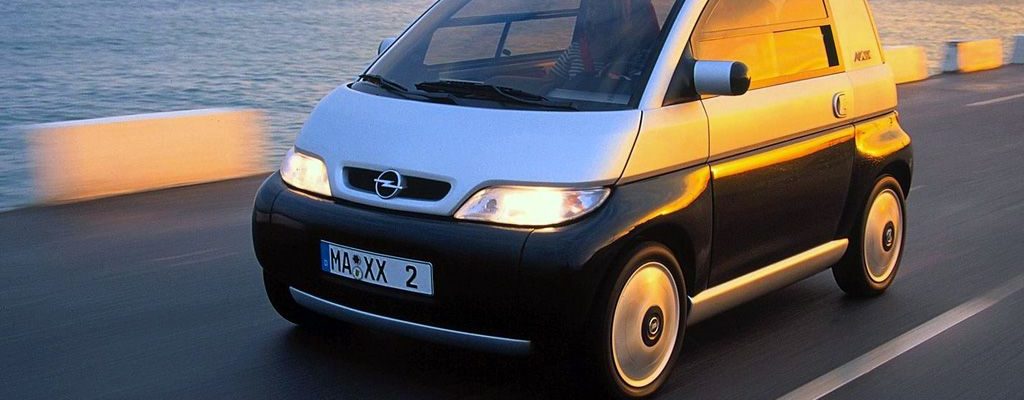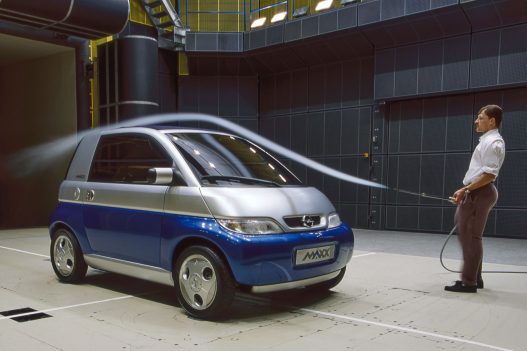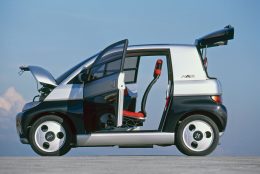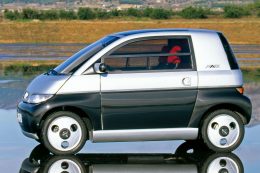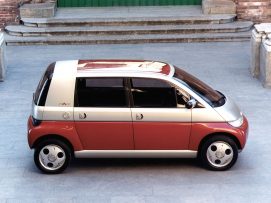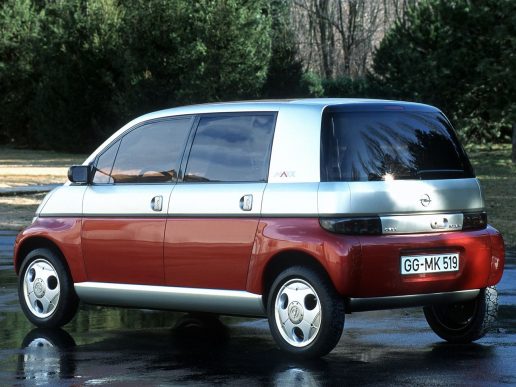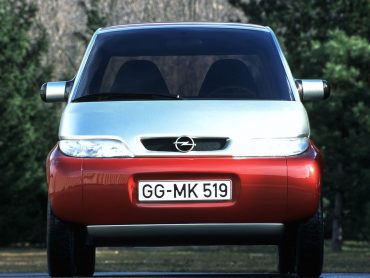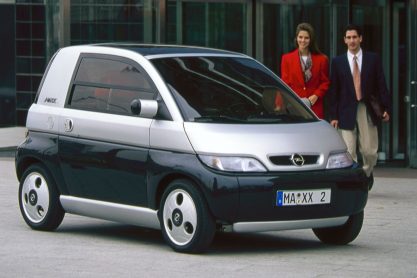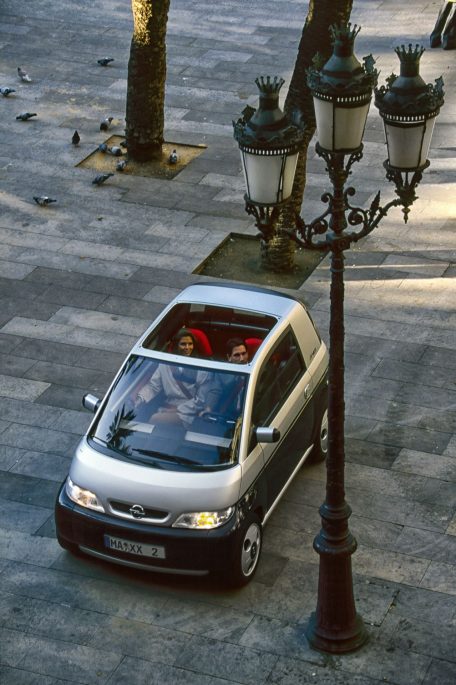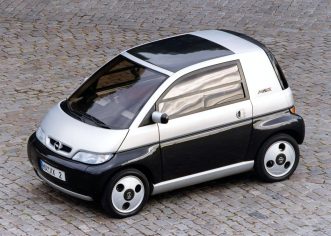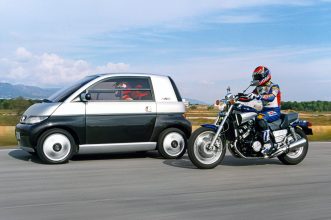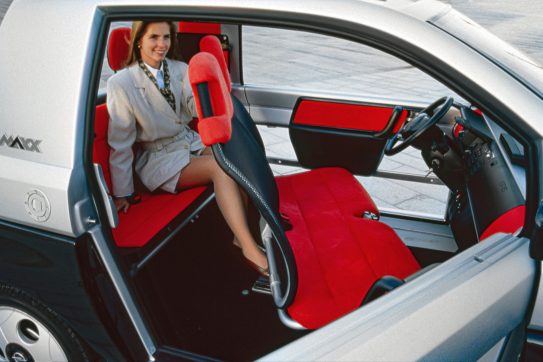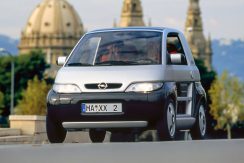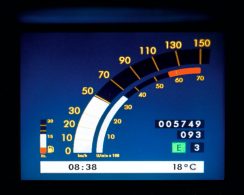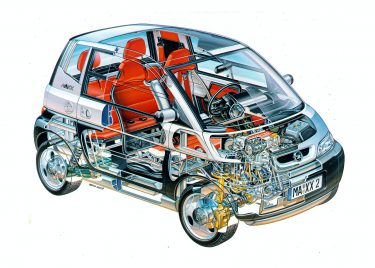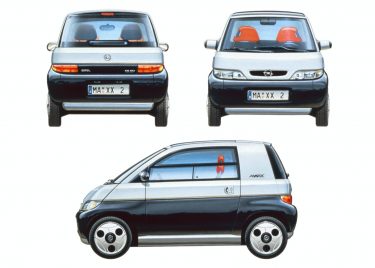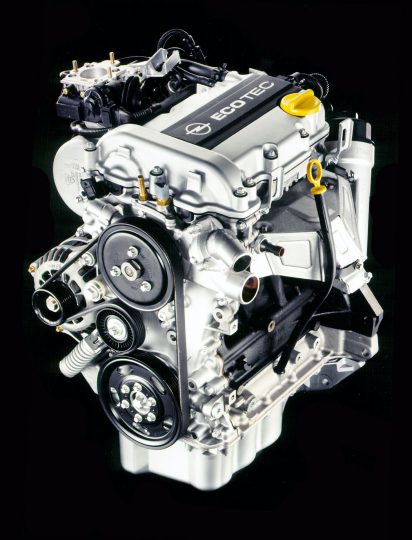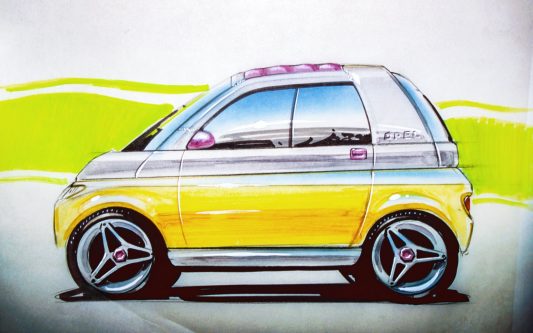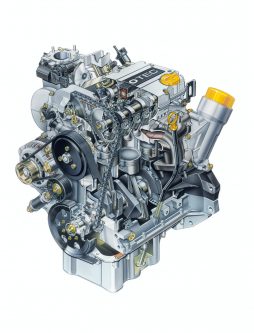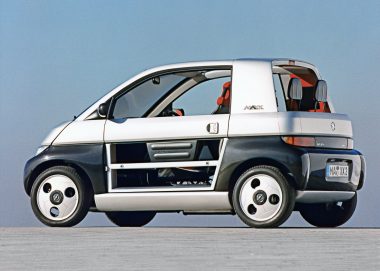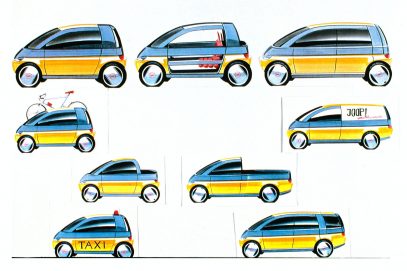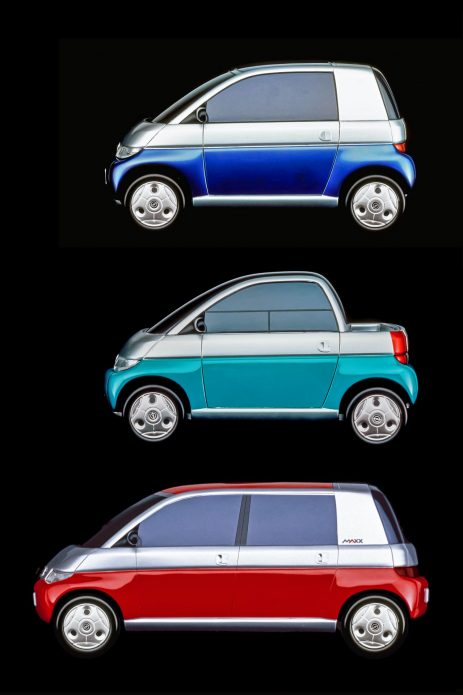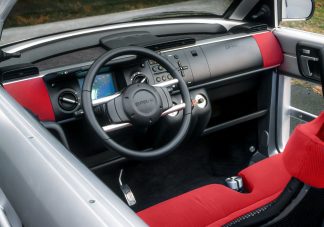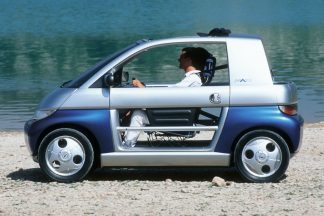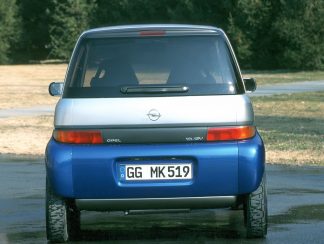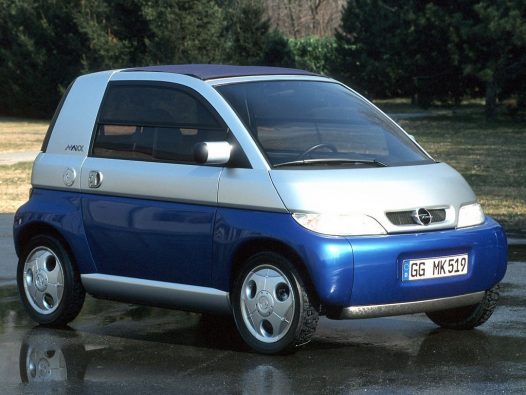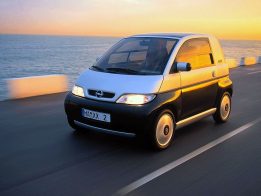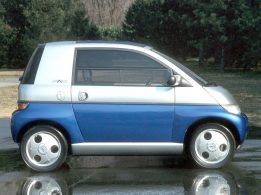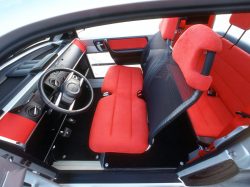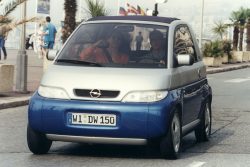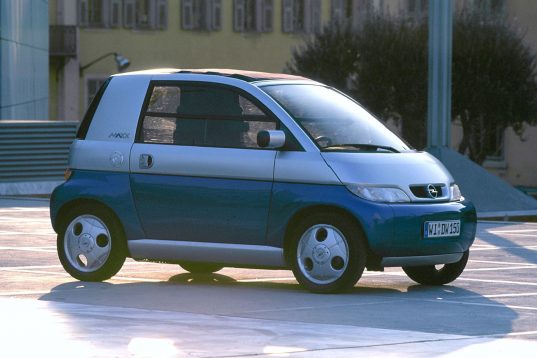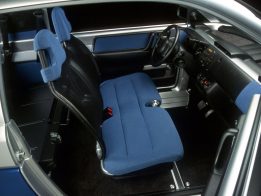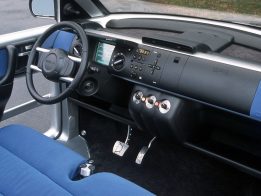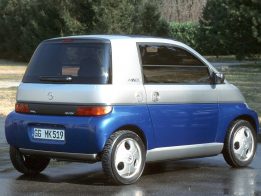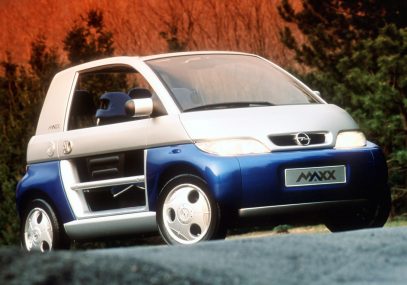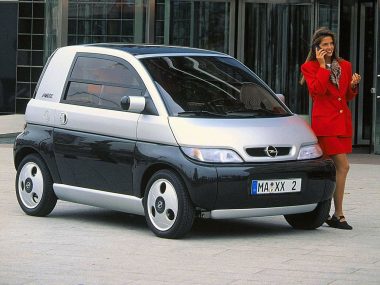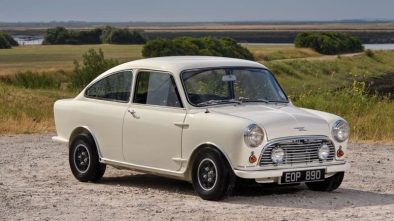Opel MAXX Concept
Opel Russelsheim Design Center in 1995 built a concept car that allows its future owner to transform it. It was called the Opel MAXX.
Opel chief designer Richard F. Ruzzin explains the appearance of the MAXX with the desire to make a city car manoeuvrable and easy to drive, like a scooter or motorcycle, and convenient and safe like a regular car. The short version of the car is 2975 mm long and the bigger version is 3575 millimeters long. Width and height are the same, 1575 mm. The base of the short MAXX is only 2000 mm, 750 mm smaller than the Opel Corsa. The long one is 2600 mm.
However, the dimensions are not the main thing. According to the well-known British market research institute Henley Center, about 50% of European car owners would like to own a car that no one else has. Opel took into account that most of these individualists are from 16 to 24 years old, that is, they are at an age when the tastes of a person continue changing. This is where MAXX comes in handy with its transformability.
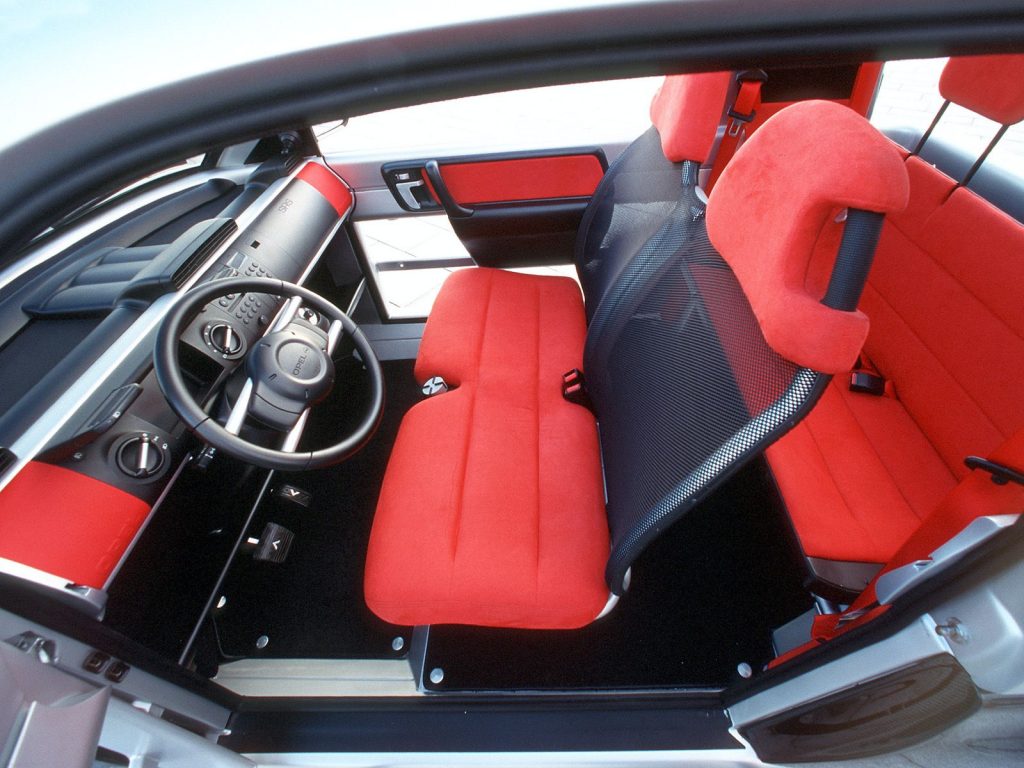
The technical support for the project was undertaken by the Opel Technical Development Center. They developed a spatial framework of extruded aluminum profiles 10 mm thick with a honeycomb structure. Metawell profiles extruded through calibers are widely used in the aircraft industry. The energy-absorbing frame will ensure that a sufficiently small machine meets all safety standards. It will reliably protect passengers in frontal, side and all other types of collisions.
The distance from the front seats to the side panels is 40 mm longer than in many cars. In addition, the driver and front passenger seats are equipped with airbags. There is an ABS. A 35 liter fuel tank is located in the base. The rear suspension, similar to that used on scooters, also has certain prospects. It, like the frame, is made of aluminum, which is easily recyclable.
The 1.0-liter three-cylinder petrol unit featured twin overhead camshafts and four valves per cylinder, as well as an an optimum bore-stroke ratio. It delivered 50 PS (49 HP) at 5,000 rpm and 90 Nm (66 lb-ft) of torque at just 2,500 rpm and was coupled to a five-speed sequential automatic transmission. That wasn’t bad for a car that weighed almost nothing and it gave the Maxx decent performance: 0-100 km/h (0-62 mph) in 12.1 seconds and a top speed of 151 km/h (94 mph). More importantly, the 1.0-liter engine consumed only 3.9 l/100 km (72.4 mpg UK / 60.3 mpg US) at a constant 90 km/h (56 mph), according to the era’s Euromix test cycle.
True, the owner will not be able to make, for example, a short-base version from a long-base version. To ensure the proper level of safety, welding of the frame parts must be carried out by specialists. But to put a door with a transparent lower part instead of a solid one, install a transparent roof, and instead of the rear seats (long-axle MAXX) make a cargo compartment – easy!
MAXX is designed in the popular “technological” style. The frame elements are both exterior panels and interior panels. They are not painted, but only undergone anti-corrosion treatment. In the cabin, the screws for fastening the upholstery, heating system channels, and parts of the seat frames are defiantly bulging. The upholstery of the seats is made of a special two-layer material with which the helicopter seats are tightened. It is not rubbed or torn at the seams.
The dashboard resembles an inexpensive stereo radio, especially since the readings of the speedometer, tachometer and navigation system are displayed on the LCD screen. It is unlikely that people over 24 years old will like it.
